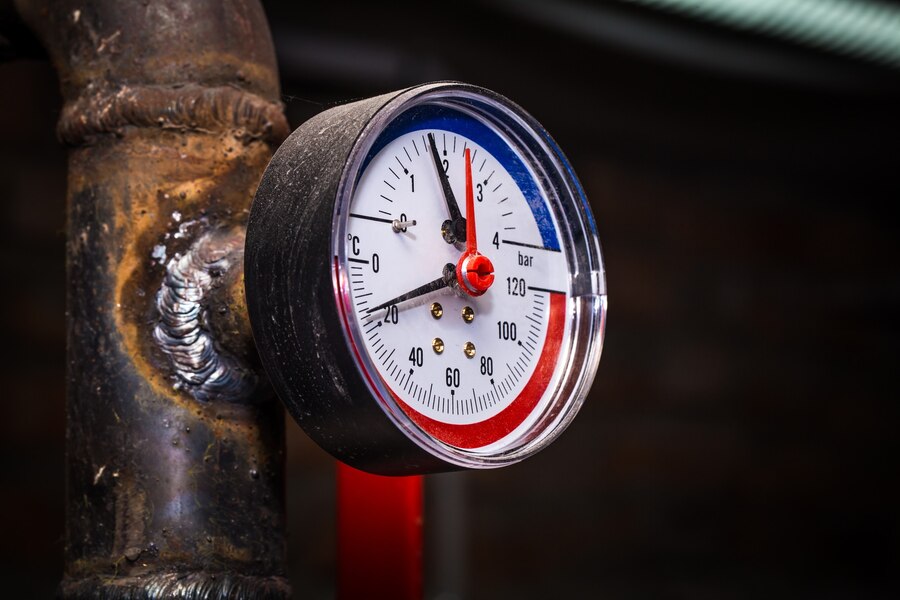In the realm of modern engineering and scientific endeavors, precision and efficiency reign supreme. And at the heart of many of these pursuits lies a seemingly simple yet profoundly significant instrument: the vacuum gauge, or as it’s known in Spanish-speaking countries, the “vacumetro.” These devices play a pivotal role in a wide array of applications, from manufacturing processes to cutting-edge scientific research. In this comprehensive article, we embark on a journey to unravel the intricate world of vacumetros, exploring their significance, functionality, and diverse applications across various industries and scientific advancements.
Understanding Vacumetros: What Are They?
Before delving deeper into the multifaceted applications of vacumetros, it’s essential to grasp the fundamental concept behind these instruments. At its core, a vacumetro is a gauge specifically designed to measure the level of vacuum within a sealed chamber or system. Vacuum, in scientific terms, refers to a space devoid of matter, particularly gases. Vacumetros come in various types and designs, each tailored to suit specific measurement requirements and environmental conditions.
The Significance of Vacumetros in Modern Engineering
In the realm of engineering, precision and accuracy are paramount, especially in processes involving vacuum technology. Vacumetros serve as indispensable tools in ensuring optimal performance and efficiency across a spectrum of engineering applications.
Industrial Manufacturing
In industrial manufacturing processes, vacumetros play a crucial role in maintaining the desired vacuum levels essential for various production processes. For instance, in semiconductor manufacturing, where even the slightest impurities can lead to defects, vacumetros are used to monitor and control vacuum levels during deposition processes such as chemical vapor deposition (CVD) and physical vapor deposition (PVD). Similarly, in the production of vacuum-insulated panels (VIPs) used in the construction industry, vacumetros aid in achieving and maintaining the necessary vacuum levels within the panels to ensure optimum thermal insulation properties.
Aerospace Engineering
Aerospace engineering represents another domain where vacumetros find extensive application. In the development and testing of spacecraft components and propulsion systems, maintaining precise vacuum conditions is vital for simulating the harsh environment of outer space. Vacumetros are employed to monitor and regulate vacuum levels in space simulation chambers, ensuring the accuracy and reliability of test results. Moreover, in the fabrication of composite materials used in aerospace structures, vacumetros are utilized to monitor vacuum-assisted resin infusion processes, facilitating the production of lightweight yet durable components.
Exploring the Functionality of Vacumetros
Vacumetros operate based on various principles and mechanisms, each suited to different vacuum measurement requirements and environments. Understanding the functionality of these instruments is key to harnessing their full potential across diverse applications.
Types of Vacumetros
Mechanical Vacumetros: These traditional vacuum gauges rely on mechanical components such as Bourdon tubes or diaphragms to measure vacuum levels. They offer robustness and reliability in harsh operating conditions but may have limited accuracy compared to more advanced electronic vacumetros.
Thermal Conductivity Vacumetros: Operating on the principle of thermal conductivity, these vacumetros measure the heat transfer rate between a heated element and the surrounding gas molecules. As the vacuum level increases, the heat transfer decreases, allowing for accurate determination of vacuum levels.
Ionization Vacumetros: Ionization vacumetros utilize the ionization of gases within the vacuum chamber to measure pressure indirectly. By ionizing the gas molecules using a hot filament or electron bombardment, these vacumetros can determine the pressure based on the resulting ion current.
Piezoelectric Vacumetros: Piezoelectric vacumetros utilize the piezoelectric effect to measure vacuum levels. When subjected to pressure changes, certain materials exhibit changes in their electrical properties, which can be measured and correlated with vacuum levels.
Operating Principles
Regardless of their specific type, vacumetros operate based on fundamental principles of physics and engineering. By monitoring parameters such as pressure, gas conductivity, or ionization, these instruments provide accurate measurements of vacuum levels within a given system. The choice of vacumetro depends on factors such as the required accuracy, environmental conditions, and compatibility with the target application.
Diverse Applications of Vacumetros Across Industries
From automotive manufacturing to pharmaceutical research, vacumetro’s find applications across a wide spectrum of industries, each leveraging the unique capabilities of these instruments to enhance productivity, quality, and innovation.
Pharmaceutical and Biotechnology
In the pharmaceutical and biotechnology sectors, vacumetro’s play a critical role in processes such as lyophilization (freeze-drying), where precise vacuum levels are essential for preserving the stability and efficacy of drugs and biological samples. Vacumetro’s ensure optimal vacuum conditions throughout the lyophilization process, safeguarding product quality and shelf life.
Environmental Monitoring
Environmental monitoring and analysis rely on vacumetro’s for measuring and analyzing air quality, particularly in research related to atmospheric science and pollution control. Vacumetro’s are integrated into monitoring stations and analytical instruments to measure atmospheric pressure and detect trace gases, providing valuable insights into environmental dynamics and trends.
Food Packaging
In the food packaging industry, vacumetro’s are utilized in vacuum packaging machines to remove air from packaging containers, extending the shelf life of perishable food products. By creating a vacuum-sealed environment, vacumetro’s help preserve the freshness and quality of packaged foods, reducing waste and enhancing food safety.
Conclusion
Vacumetro’s emerge as indispensable instruments in modern engineering and scientific endeavors, facilitating precision, efficiency, and innovation across diverse industries and applications. From industrial manufacturing processes to cutting-edge research in aerospace and biotechnology, these instruments play a pivotal role in ensuring optimal vacuum conditions and enhancing the quality and reliability of products and processes. As technology advances and new challenges emerge, the role of vacumetro’s is poised to expand, driving further advancements and breakthroughs in science and engineering.







